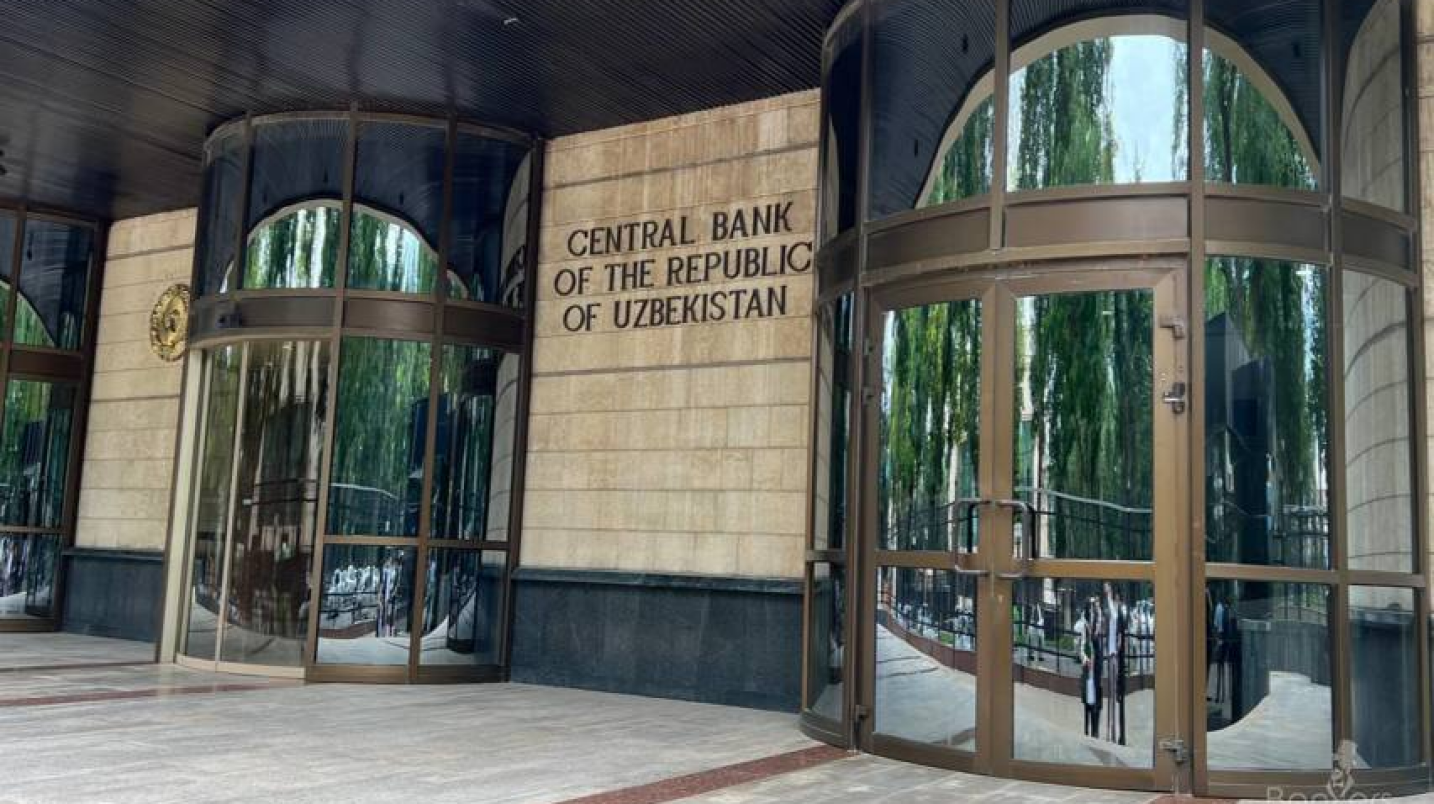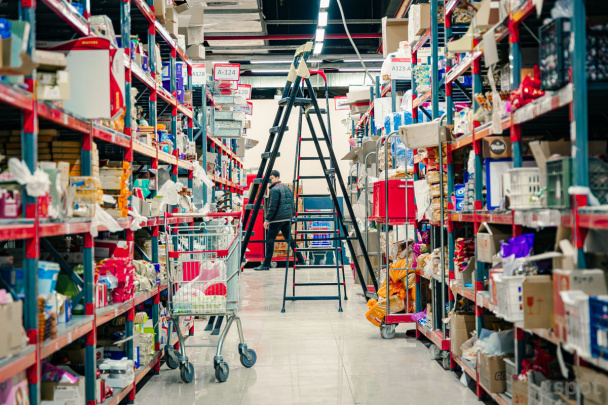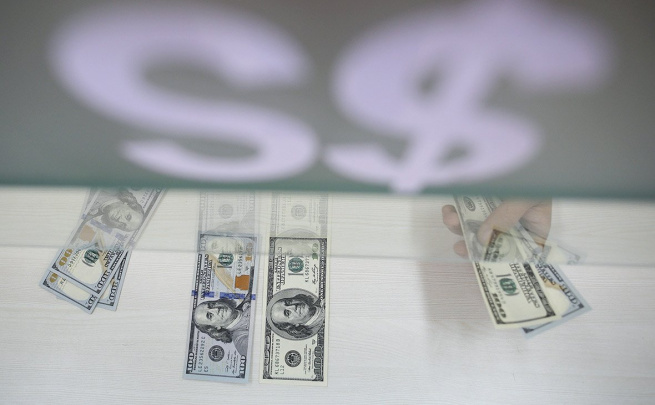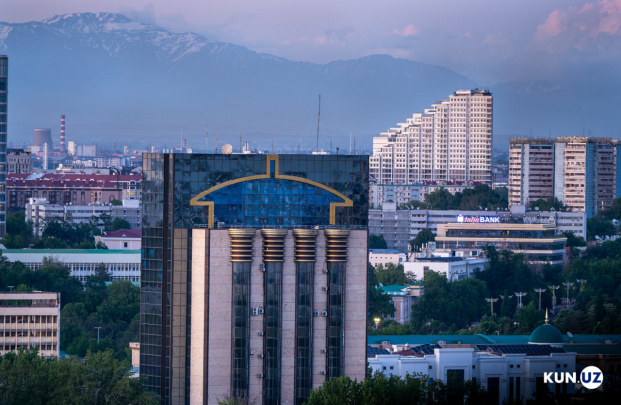“Expected inflation rate started declining in November” – Central Bank
Entrepreneurs’ forecasts for price growth over the past month have decreased especially noticeably.

Photo: bankers.uz
According to the CB data, Uzbekistan’s inflation forecasts have gone down again after a slight increase a month earlier.
The average expected inflation for next year based on the November survey was 13.6%, or 0.1% less than October. The median decreased by 0.2% to 10.9%.
The highest forecasts for price growth were given by residents of Tashkent (15.7%), Samarkand (14.9%) and Andijan (14.6%). On the other hand, Karakalpakstan, Namangan and Navoi regions gave the lowest estimates of future inflation.
In terms of occupation, the greatest optimism regarding inflation was shown by representatives of the tourism industry (10.9%), the transport industry (11.1%), and the agricultural sector and personal services (11.6%). Retirees (15.9%) and educational sectors (14.3%) gave the highest forecasts.
The main factor influencing forecasts remains currency exchange rate fluctuations – they were named by 58% of participants. Also frequently mentioned were rising prices for fuel and energy (43%), rising wages and rising prices for housing and communal services (38% each).
Inflation expectations among entrepreneurs showed a more noticeable decline. The average level was 13.1% (-1.3 p.p.), the median - 10.9% (-0.8 p.p.)
The maximum forecasts are given by business in Samarkand (15.6%), Kashkadarya and Syrdarya (14.6%). The lowest rates of price growth are expected by merchants in Navoi (10%) and Khorezm (11.1%).
Of the industries, the highest inflation expectations were noted in industry (13.9%), marketing (13.5%) and IT (13.4%). On the other hand, artisans and transporters give more optimistic forecasts (11.8% and 11.9%, respectively).
As in the population survey, forecasts were most often influenced by exchange rate dynamics (61%). This is followed by an increase in prices for fuel (40%) and utilities (38%), an increase in wages (37%) and transportation costs (29%).
Related News

15:13 / 17.12.2025
Perceived inflation in Uzbekistan drops to lowest level in years

14:23 / 15.12.2025
Central Bank cites remittances as key driver of currency stability

19:33 / 11.12.2025
Central Bank keeps key rate unchanged at 14 percent

19:49 / 01.12.2025



